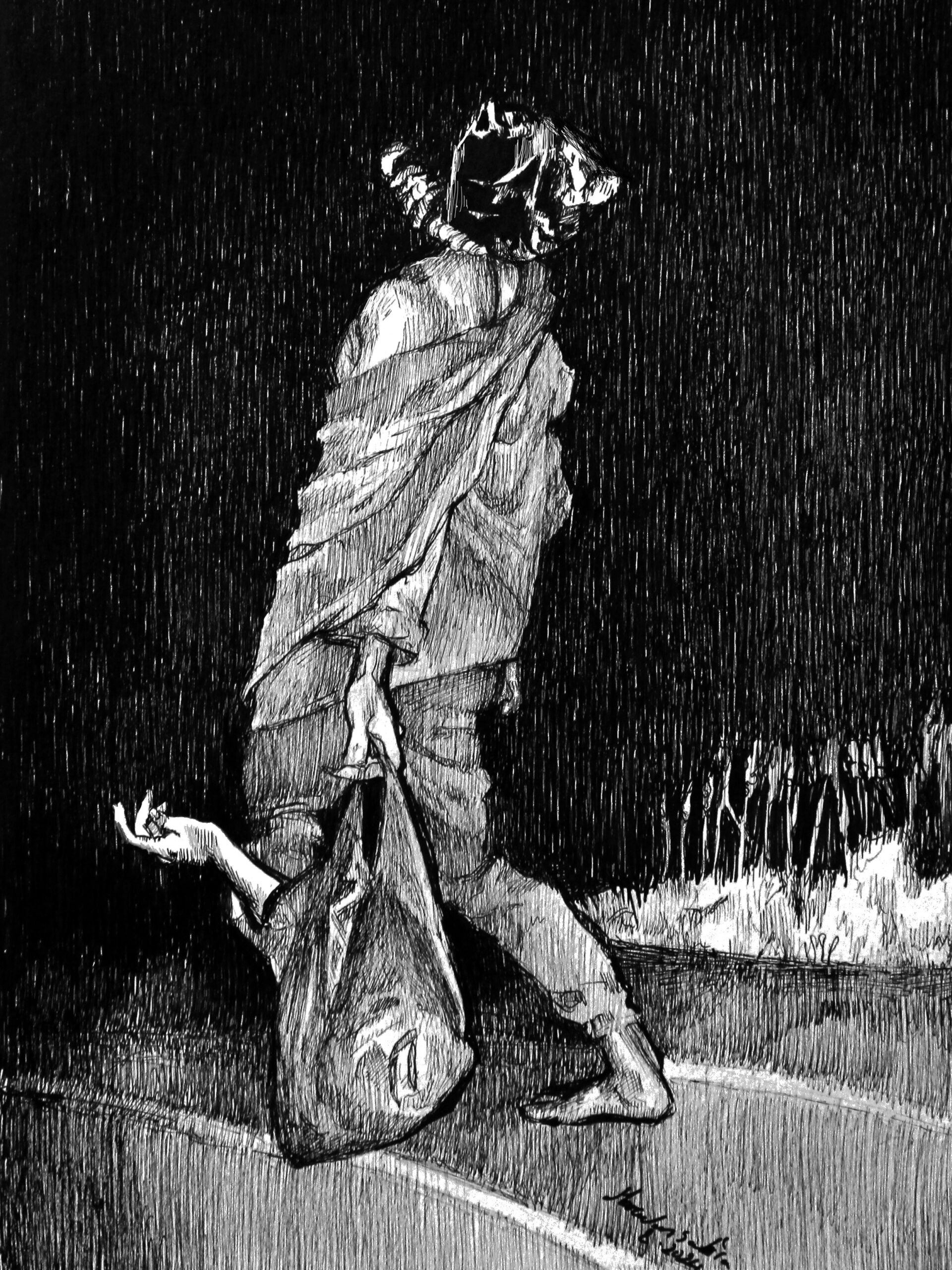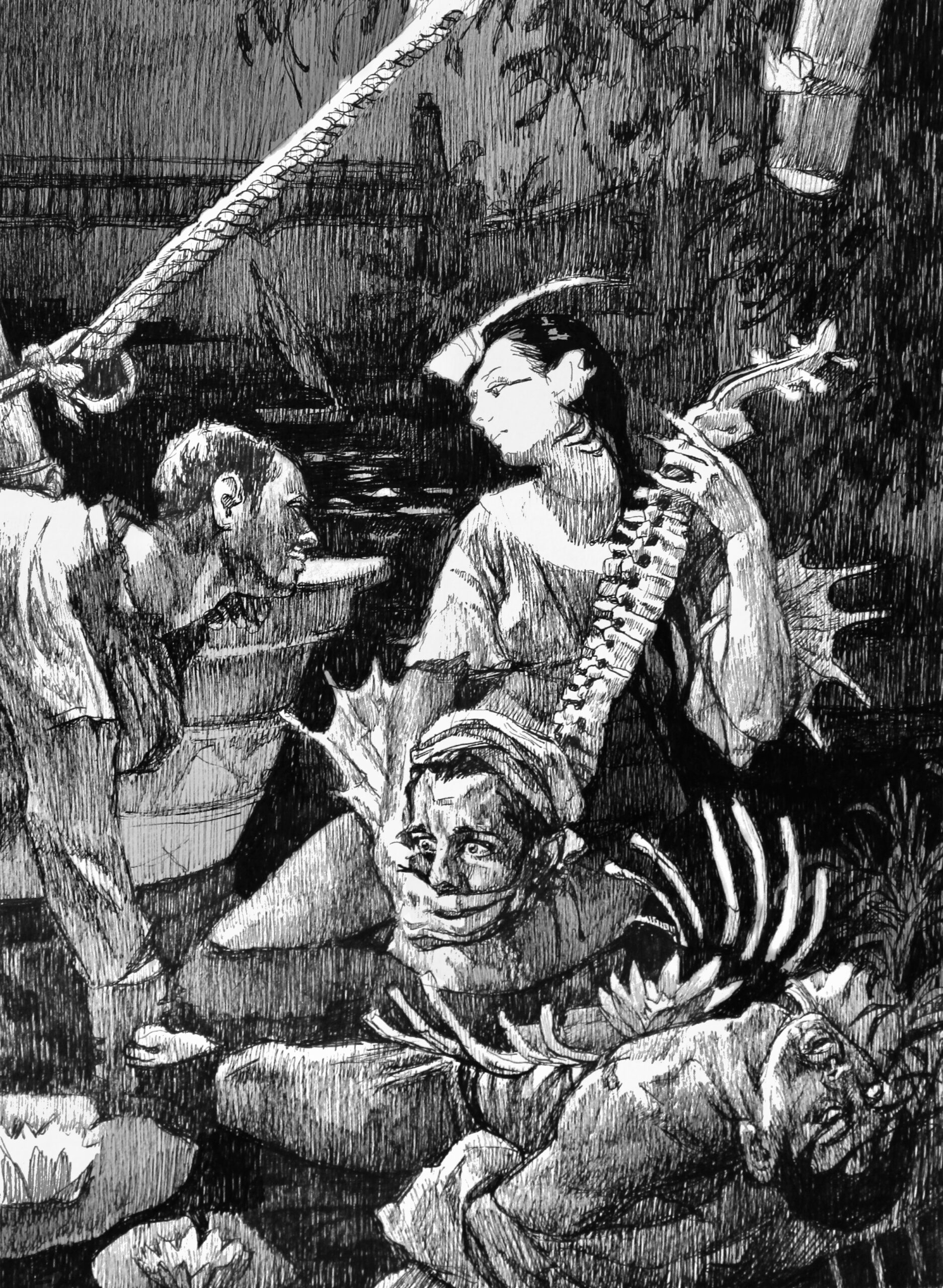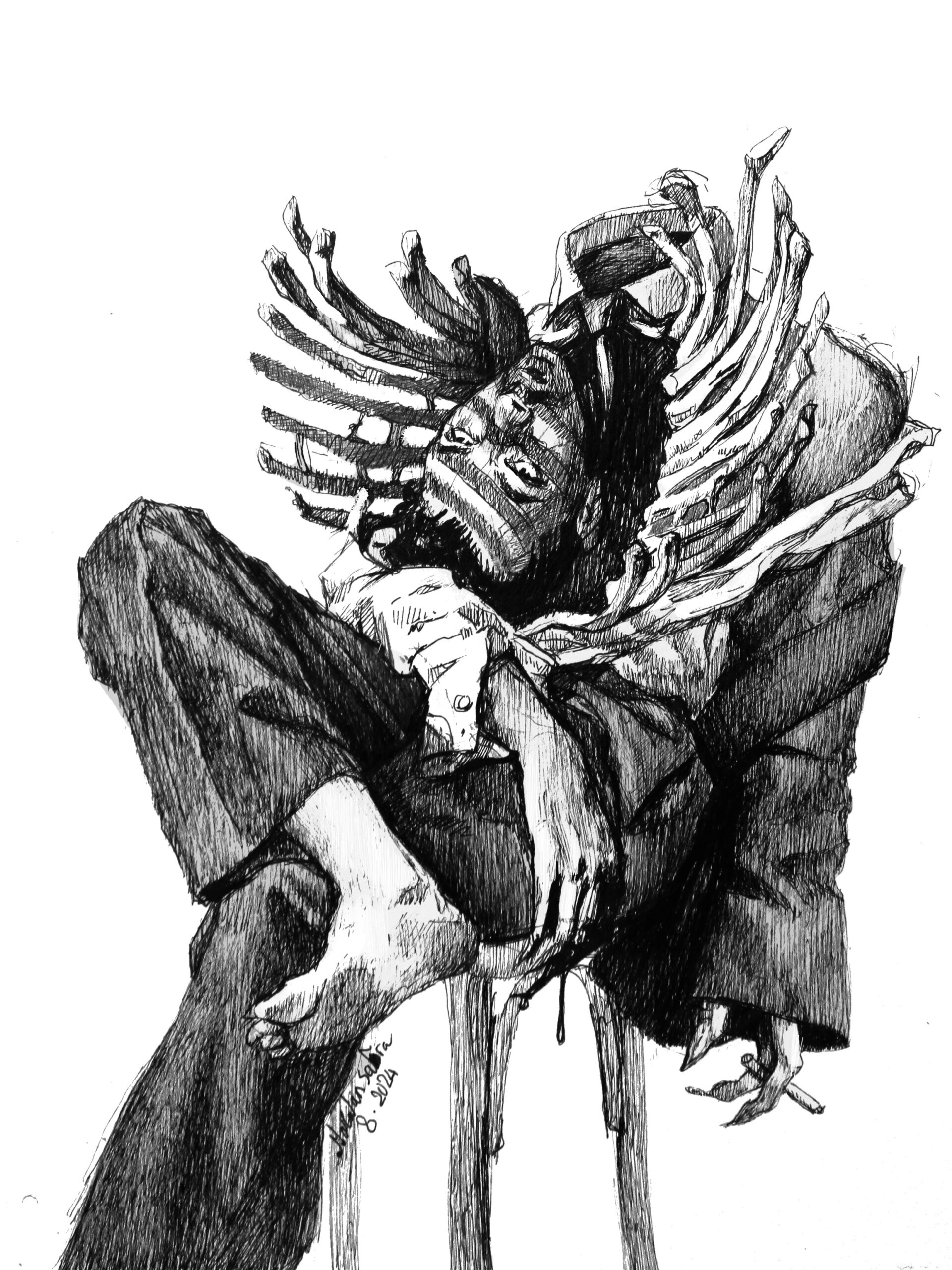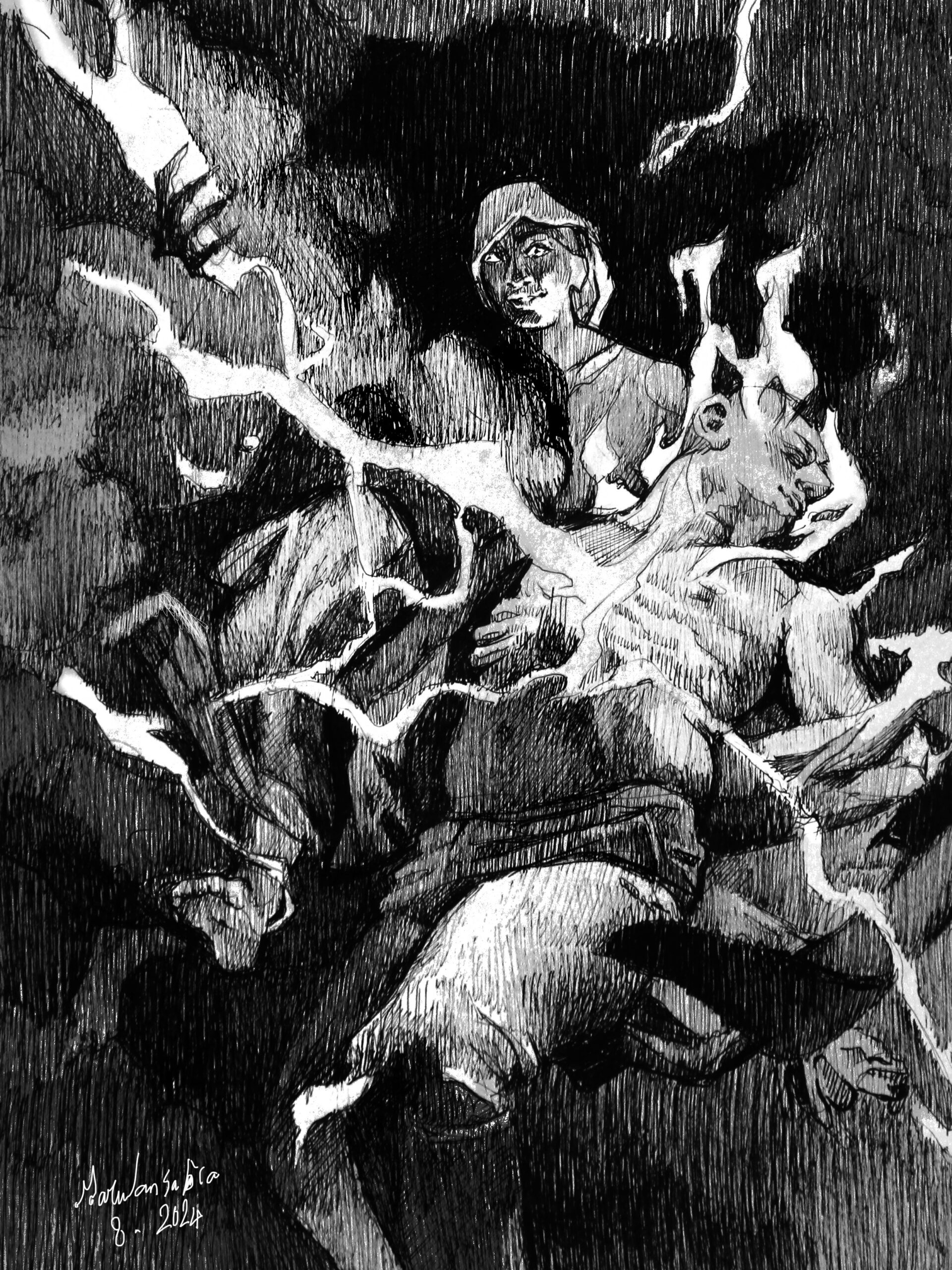News
Fear: an age-old parenting tactic. Scaring children into good behaviour results in well-mannered kids, though it’s out of fear and not genuine understanding of right and wrong. In the end, the ends justify the means. Folk tales are a cornerstone of Arab culture, embodying a rich, intangible heritage passed down through generations. Our mothers and grandmothers often spun tales of mythical creatures to guide our behaviour, warn us against mischief, or keep us safe from straying too far or playing too long in the sun. Over time, these creatures morphed into eerie urban myths, each one taking on a life of its own through personal interpretation.
Take, for example, the “Mother of Thunder.” She was invoked to scare children who were already frightened by the rumble of thunder. It’s a classic case of treating fear with more fear—like when a slap hurts, and then a punch makes you forget about the slap because it’s even more painful. When thunder roared outside, the Mother of Thunder would come into play, frightening the already scared child with something even scarier to silence their cries. Parents even crafted a catchy song about her to turn the scare into a melodious threat:
Mother of Thunder, with a mighty sound,
Grab [INSERT CHILD NAME] and get out of town!
Other creatures like The Siren (Al Naddaha) and The Flayed-Leg Man are deeply embedded in the memory of every Egyptian child and are often found in Egyptian literature.
Whether you’re familiar with these myths or encountering them for the first time, we invite you into the eerie and enchanting realms of Arab folklore, as reimagined by Egyptian artist Marwan Sabra.

The Sack Man or Abu Kees (Lebanon, Algeria, Tunisia)
The Sack Man is a bogeyman figure typically depicted as a tall, gaunt man carrying a large sack or bag on his back. The contents of the sack are what make him frightening: it’s said to be filled with naughty children he has stolen or abducted.
In Tunisia, many consistent narratives claim that the term “Boushkara” spread in the country coinciding with its spread in Algeria and Lebanon (Abu Qiss) during the French colonial era. It was used to refer to the traitorous person or “informant” who betrayed the resistance fighters by relaying their news and movements to the colonial authorities. These individuals, when attending trial sessions to testify against their fellow countrymen who were resisting the colonial rule, had to wear a sack or “Shkara” so as not to be recognised by anyone. Consequently, people despised this character and used it to frighten young children as well as adults.
Here, he is depicted as a strange-looking man carrying a black plastic bag over his shoulder is seen on the road during a rainy night, dragging his feet like a zombie.
![]()
The flayed-leg man or Abu regl masloukha (palestine, egypt):
The myth goes as such: Abu Regl Masloukha got his leg flayed when he was a child because he did not listen to his parents. Marwan imagines him taking a break from terrorising the neighbourhood, and chilling at a nearby café. That night, he slaughtered everyone present and used a hookah pipe to drain the blood of another patron.

The siren or el-naddaha (egypt):
She’s often described as a beautiful woman resembling a nymph or siren, luring men with her enchanting voice and hypnotizing them. She calls on their names softly. They end up drowning or returning completely mentally unstable. In the past, drownings might have been attributed to the Naddaha, a way to explain the unknown. Some interpretations suggest the Naddaha represents the embodiment of women’s sorrow and longing, particularly those who lost loved ones to the river. She is depicted here enchanting men with her spells, turning their spines and intestines into musical instruments with their bones as bows.

The Man with his head between his shoulders (syria)
This one is particularly interesting because the man depicted, whose head is situated between his shoulders, is basically any human being. All our heads are between our shoulders. A mother or grandmother might playfully use this image to spook a child and while not eerie or unsettling, with no fangs or claws, the child’s imagination would still conjure up something scary. Marwan draws him a a young lover in the early 1900s was cursed into loving a witch who forced him to move his head to where his heart was. This was to ensure he always used his mind instead of his heart, forbidding him to feel love or mercy ever again.

The phoenix (egypt)
A group of men in Ancient Arabia offer two bulls to The Phoenix prompting her to leave their village — only to trick her as she puts her long claws deep into the bulls. The men tie her with ropes and set fire to her wings.

Mother of Thunder (lebanon, syria)
In an epic scene among the clouds, she illuminates the town with her lightning bolts and her voice thunders across the skies. She abducts a man to her cloud abode, where he is consumed by flames after being struck by lightning.
Words: Sami Abd Elbaki